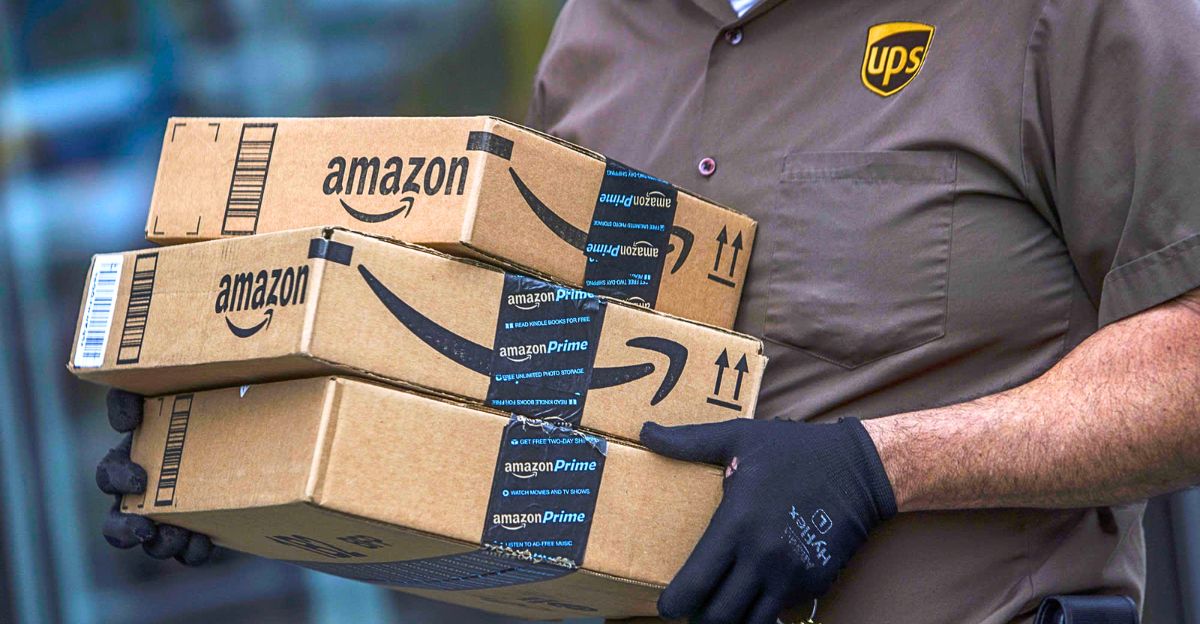
America’s delivery network is undergoing a significant transformation, driven by changing dynamics between UPS and Amazon. With UPS managing nearly 5% of all e-commerce deliveries nationwide, a substantial portion of this volume comes from Amazon orders.
However, the relationship is under pressure as both companies strive to increase profits and efficiency amidst rising shipping volumes and consumer expectations. The evolving marketplace leaves many wondering what will happen when two logistics giants like UPS and Amazon decide to change their business strategies. The consequences could be felt from coast to coast, affecting millions of consumers daily.
The Stakes Are Rising
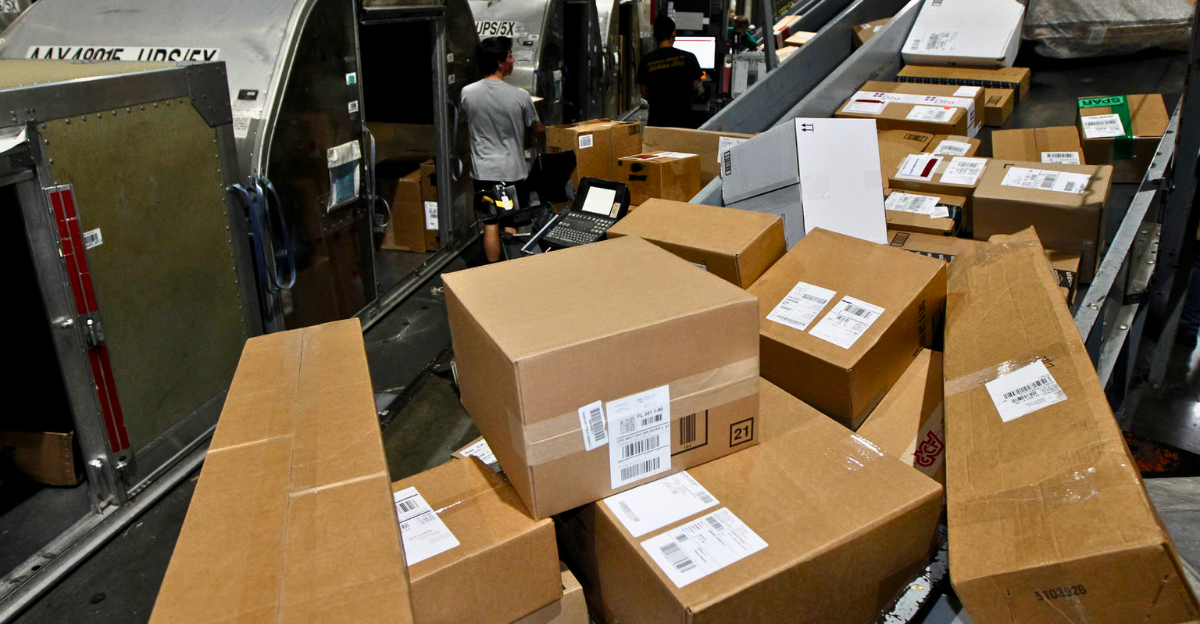
As one of the largest logistics companies in the world, UPS processes over 15 million packages daily. Historically, nearly one in five packages has been destined for Amazon customers, representing a significant revenue stream for UPS. With Americans increasingly reliant on rapid delivery, any adjustments in this partnership could have broad implications for consumers and workers.
One UPS driver said, “We’ve watched our workloads grow, but this change could shake everything we know about our jobs.” The concern stretches beyond just numbers; it’s about livelihoods and what’s at stake in these decisions.
The Amazon Partnership
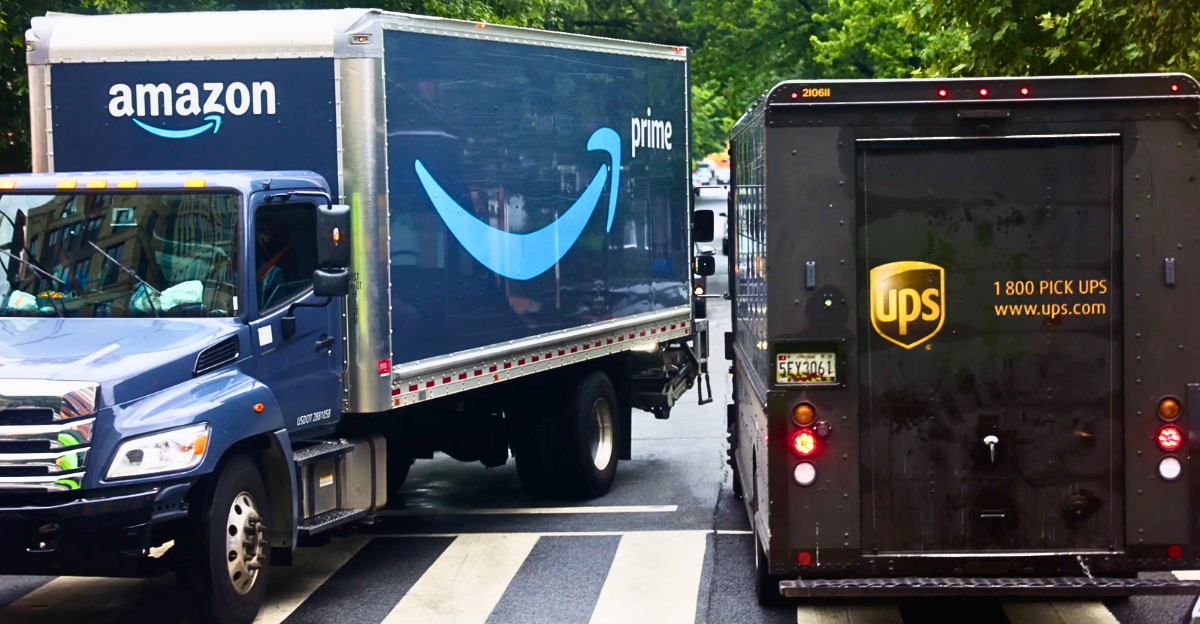
Ten years ago, Amazon and UPS formed a pivotal partnership, transforming the e-commerce logistics landscape. The increasing shipping volumes pushed UPS to innovate, implement automation, and expand its operational capacity to meet Amazon’s growing demands. Amazon’s commitment to its Prime delivery services was made possible through UPS’s extensive reach.
Delivery drivers became familiar faces in suburban neighborhoods, symbolizing the quick, low-cost shipping expectations that emerged during this period. Yet, as both companies grew, the foundations of their partnership began to face strain, hinting at future challenges.
Brewing Tensions
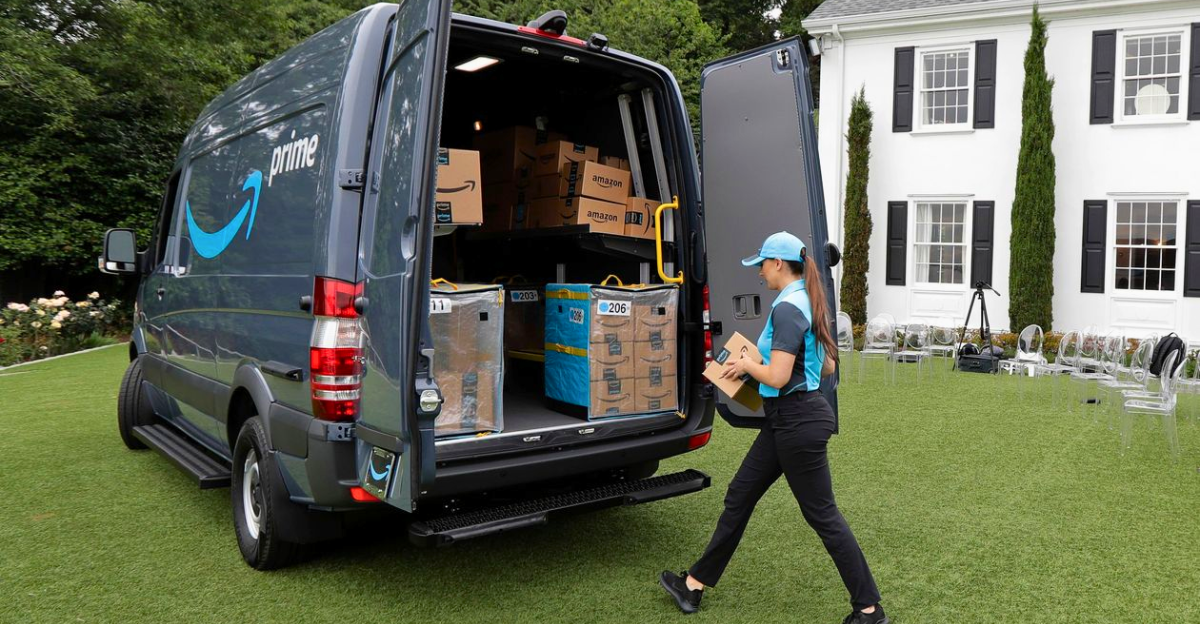
By late 2023, the first signs of tension in the UPS-Amazon partnership became apparent. Amazon had begun developing its logistics capabilities with over 600 delivery stations and a vast network of independent contractors. UPS was under pressure from investors to focus on profitability rather than sheer scale.
“While Amazon is our largest customer, it hasn’t always been the most profitable for us,” remarked UPS CEO Carol Tomé, indicating a shift in approach. As industry analysts noted, rising labor costs and potential strikes hinted at an impending rift, raising questions about the partnership’s future.
A Major Break Confirmed
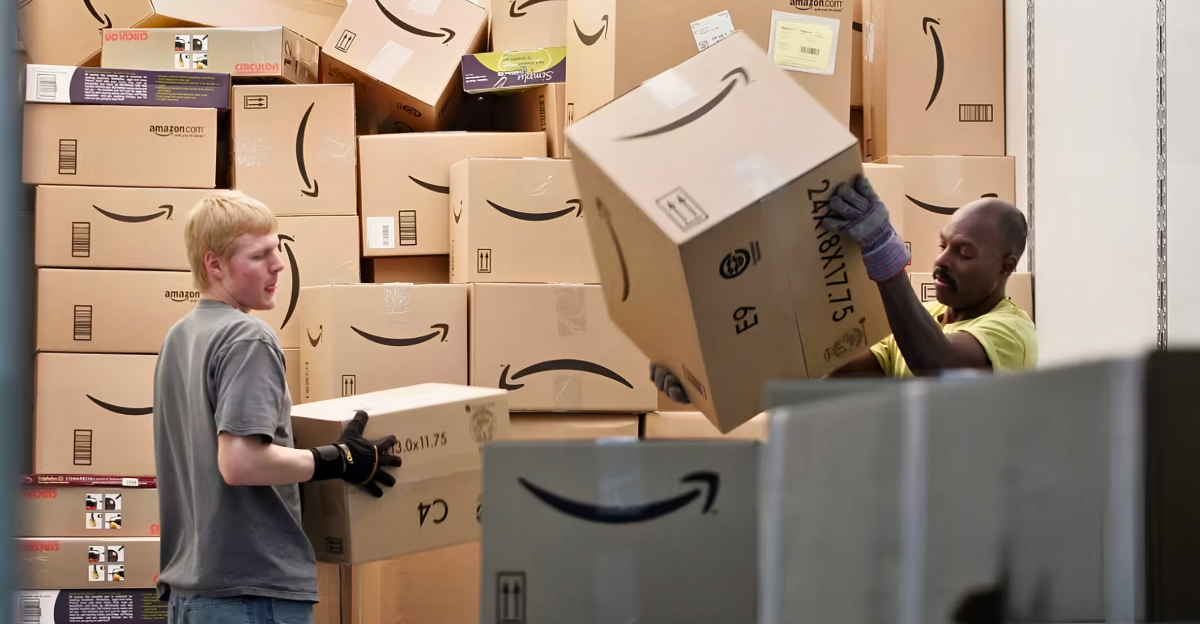
January 2025 marked a turning point: UPS announced it would reduce its shipping business with Amazon by approximately 50% over the next 18 months. By June 2026, UPS’s revenue from Amazon would plummet from $9.5 billion to less than $5 billion.
Tomé’s announcement during the Q1 earnings call sent shockwaves through the market, marking one of U.S. history’s most extensive delivery contract changes. The implications of this decision resonated throughout the logistics industry and raised alarms for large and small businesses reliant on timely deliveries.
Regional Impacts Unfolding
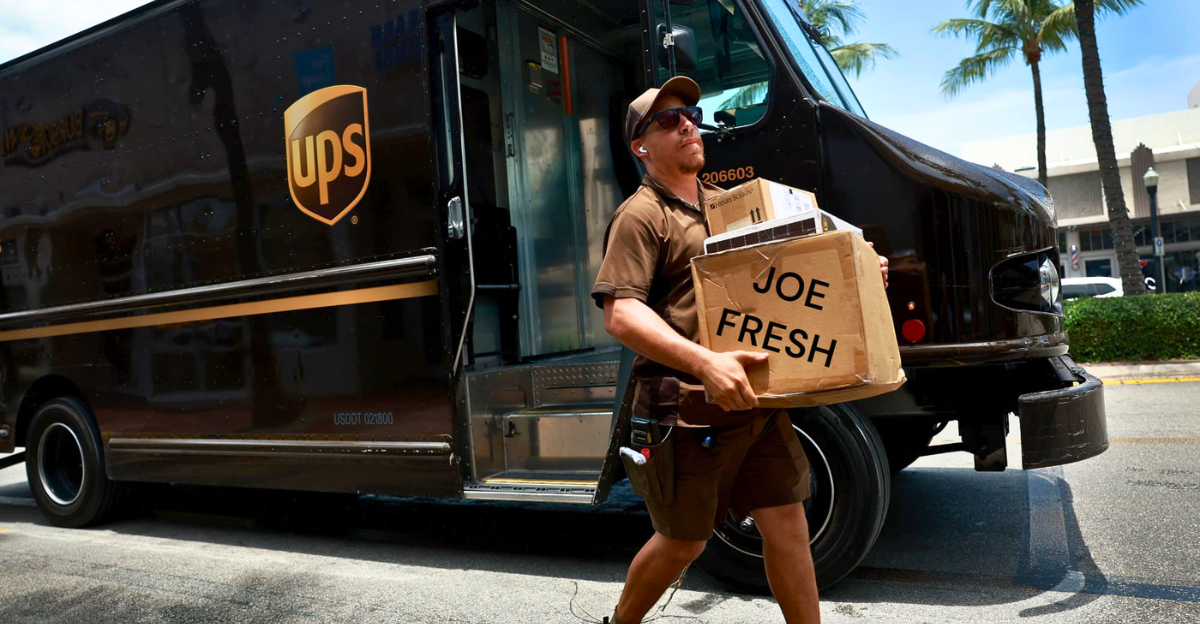
As UPS reduces its reliance on Amazon, the effects will vary across different regions. In places like the Midwest, rural and suburban customers who depend on UPS for consistent shipments may find their Amazon orders increasingly rerouted through Amazon’s fleet or alternative carriers.
This shift introduces an element of uncertainty, particularly for customers who are used to reliable UPS delivery. Meanwhile, urban areas may see delayed shipping times, prompting concerns among small business owners. A local shop owner shared, “If deliveries slow down, even by a day or two, it could impact our sales significantly.”
Job Stability in Question
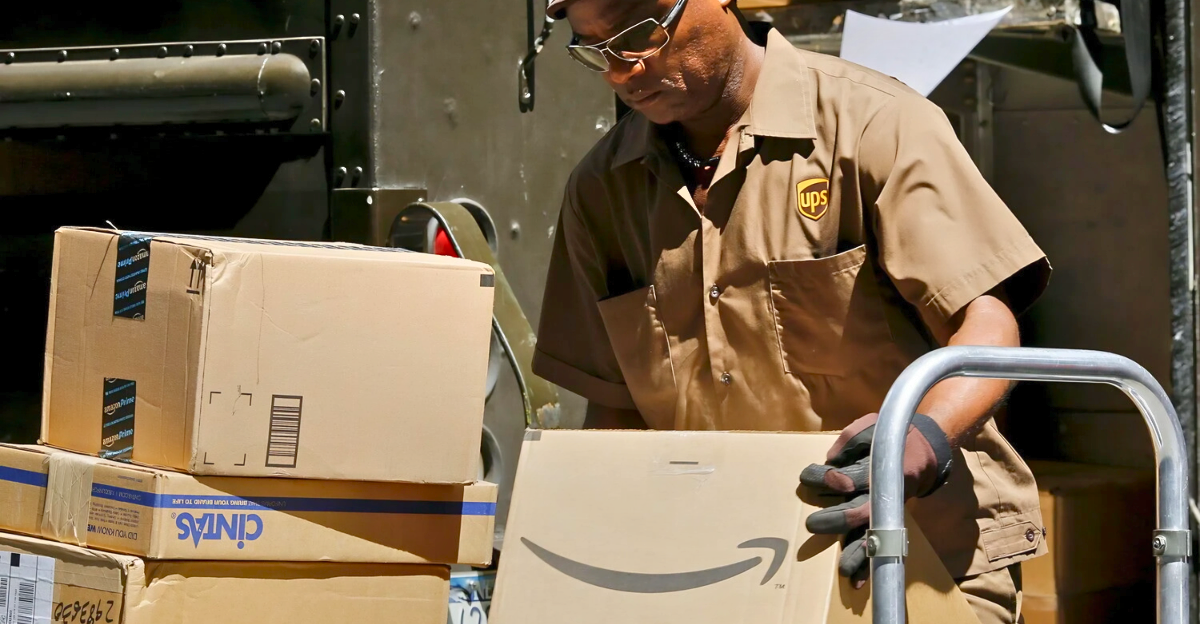
The restructuring at UPS is poised to impact employment significantly, as the company announced it will cut approximately 20,000 jobs and close 73 facilities, one of the largest downsizings in recent memory. “For many drivers and sorters, this is more than just a job loss; it’s a complete upheaval,” a Teamsters union representative expressed.
Affected workers are now faced with the harsh reality of a tight job market, particularly in regions with few comparable opportunities. The ripple effects of these closures extend beyond the company’s balance sheet into the lives of thousands of families.
Amazon Seizes Opportunity
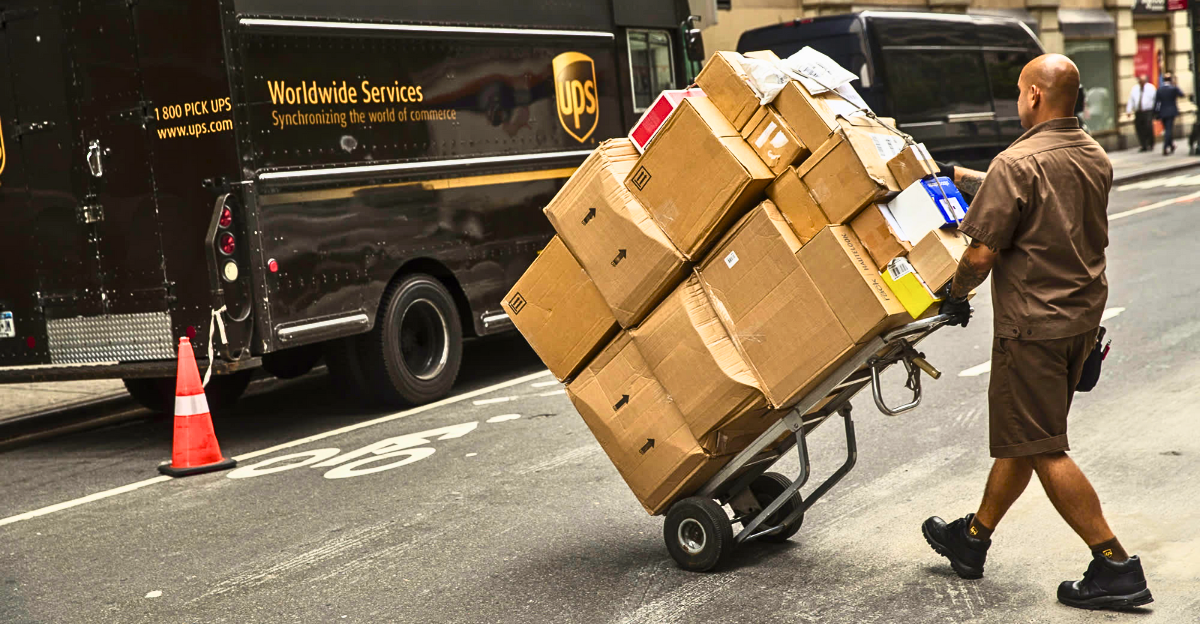
While UPS retracts, Amazon is stepping up its capabilities. This e-commerce giant now boasts a larger U.S. delivery volume than UPS and FedEx, thanks to a growing fleet of delivery vans, air cargo planes, and a substantial network of independent drivers.
Analysts note that Amazon’s logistics expansion is about securing greater control over the customer experience rather than merely cutting costs. “Amazon isn’t just redefining delivery; they’re reshaping how we think about logistics,” shared an industry expert. Competitors are scrambling to adjust, sensing the urgency in capturing parcels once handled by UPS.
Industry-Wide Implications
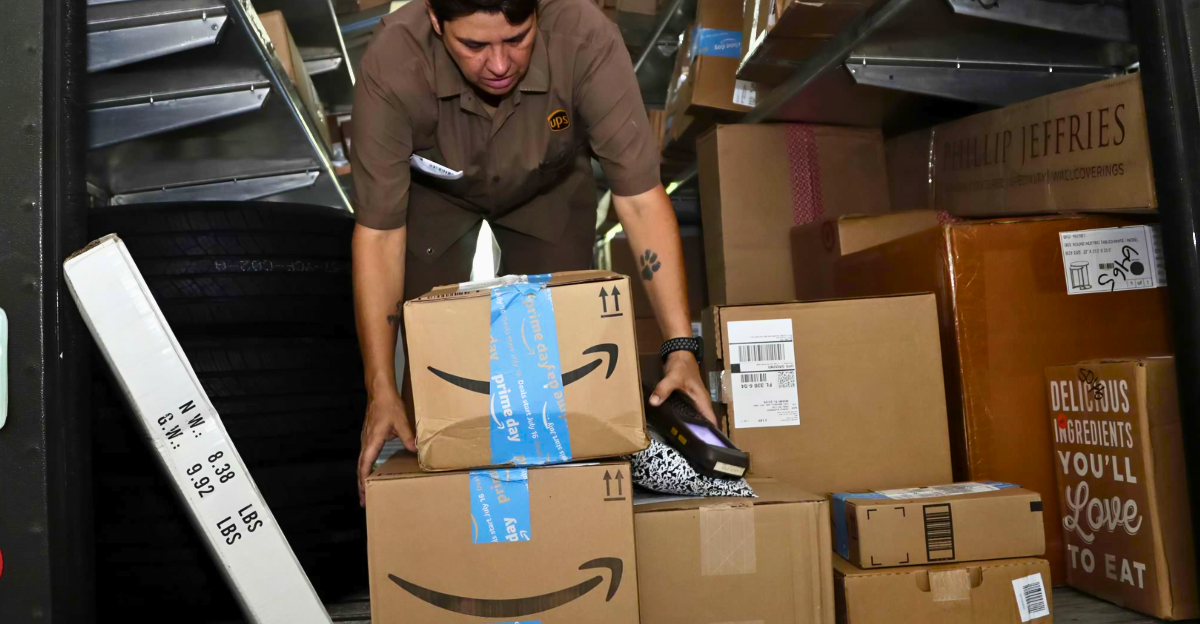
The changes resulting from UPS’s reduced Amazon volumes signal a much broader transformation in the logistics landscape. Parcel carriers invest heavily in automation and sustainability, yet competition squeezes profit margins. “The entire delivery landscape is evolving,” noted Satish Jindel, a logistics analyst.
While smaller retailers may discover new shipping options, the volatility engendered by these changes creates challenges for shippers and sellers alike. Everyone is watching closely to see how smaller carriers will manage the increasing demand.
Real Estate Concerns Arise
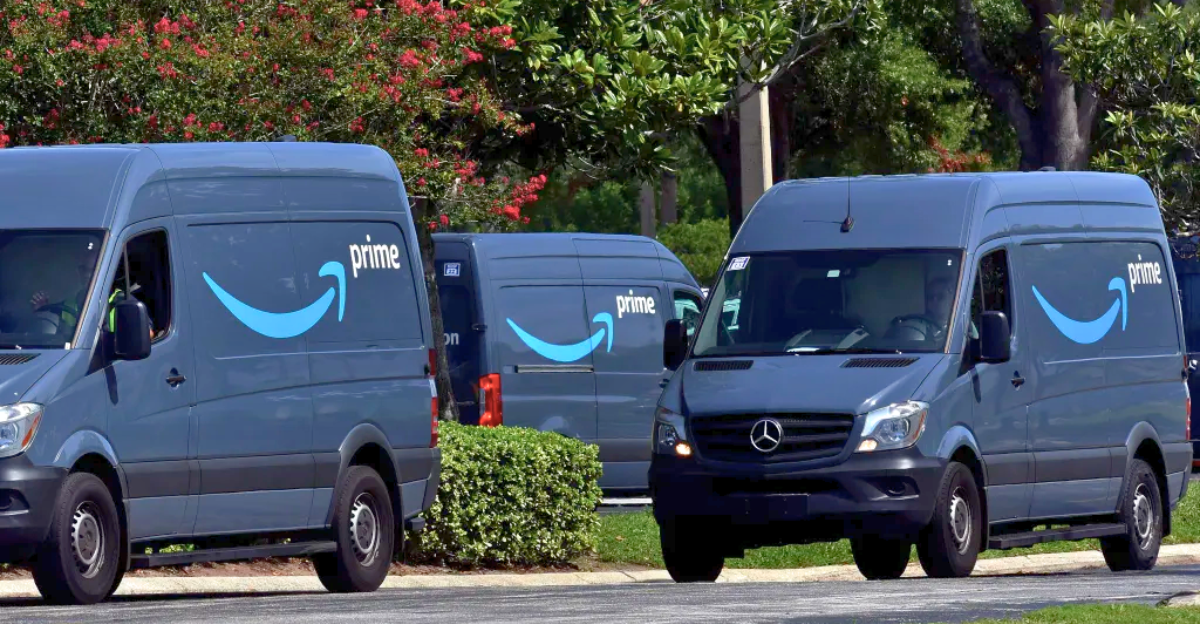
An underreported consequence of UPS’s restructuring is the potential impact on local real estate markets. With dozens of facilities slated for closure, millions of square feet could become vacant, disrupting local economies. Communities dependent on UPS for stable tax revenue may face budget shortfalls or declining property values.
A local real estate agent commented, “These facilities are often anchors for communities; their closure could reshape the landscape.” While some may see opportunities for redevelopment, the immediate repercussions for many towns could be profound and lasting.
A New Delivery Era
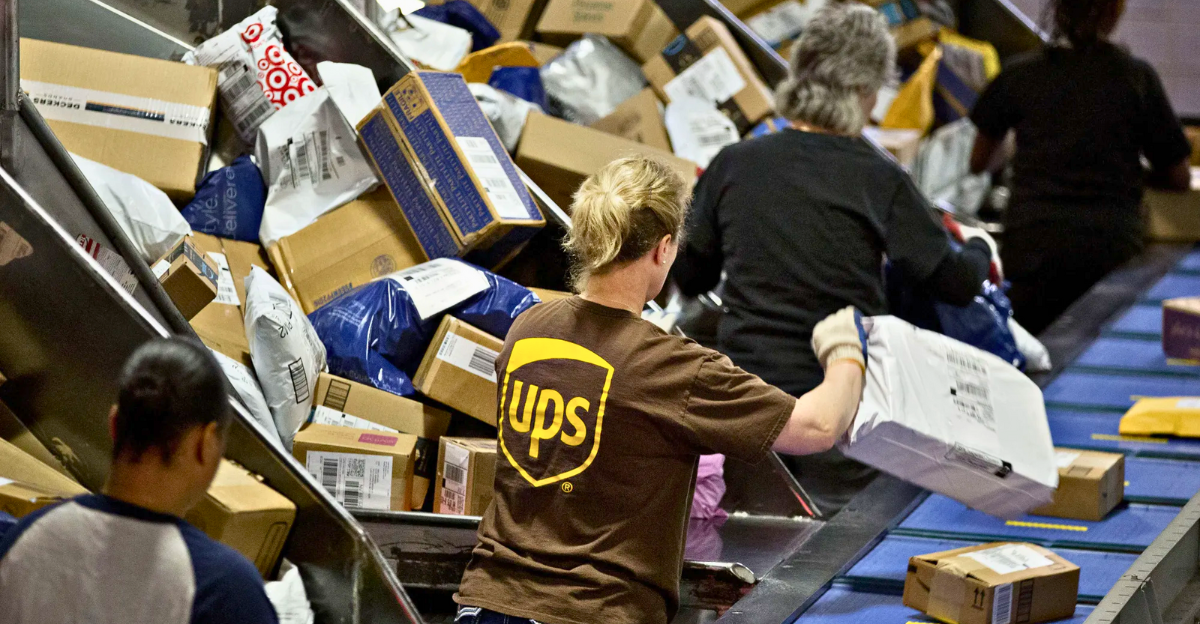
As Amazon scales up its logistics, the delivery landscape is set to undergo a fundamental transformation. UPS’s retreat from its longstanding partnership means consumers may experience a changing fabric of delivery options.
Increasing competition from new entrants and existing carriers broadens possibilities and raises questions about reliability and speed. “For us as customers, it’s about ensuring we can still have our packages on time,” said a frequent Amazon shopper, encapsulating the concerns many share amidst this transition.
Navigating the Future
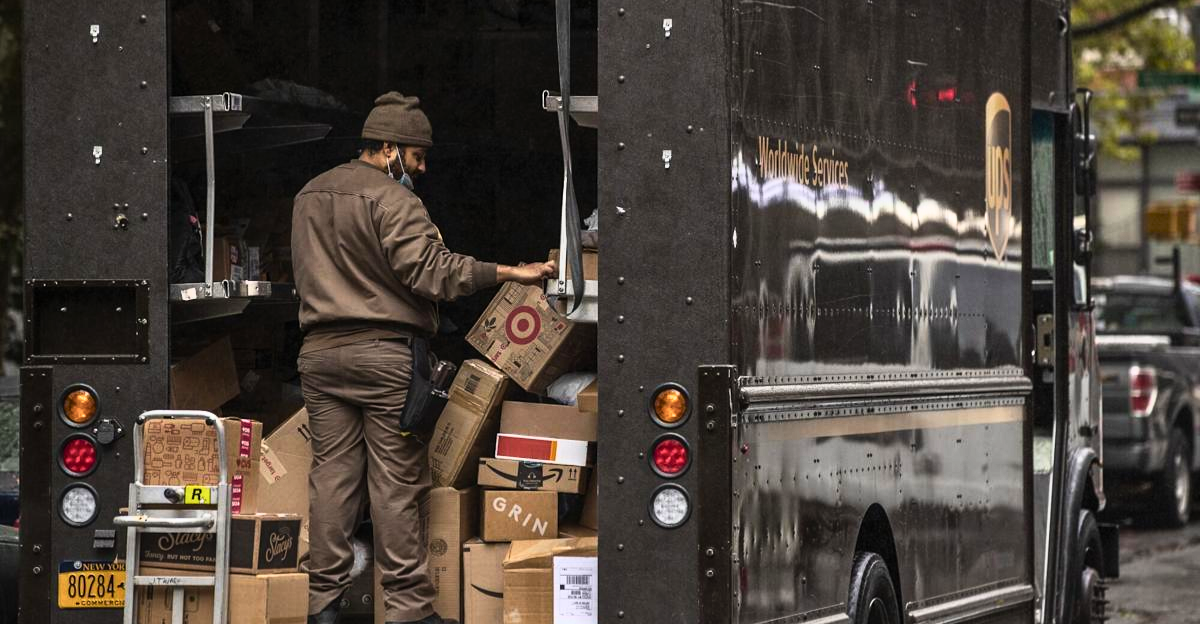
The evolving dynamics between UPS and Amazon hold substantial lessons about adaptability in the logistics sector. As both giants reassess their strategies, smaller players may find windows of opportunity to carve out their niches.
However, they must be ready to meet rising consumer expectations while navigating an increasingly complex landscape to thrive. This readjustment phase will shape the future of deliveries and the broader retail environment over the coming years.
Voices from the Field
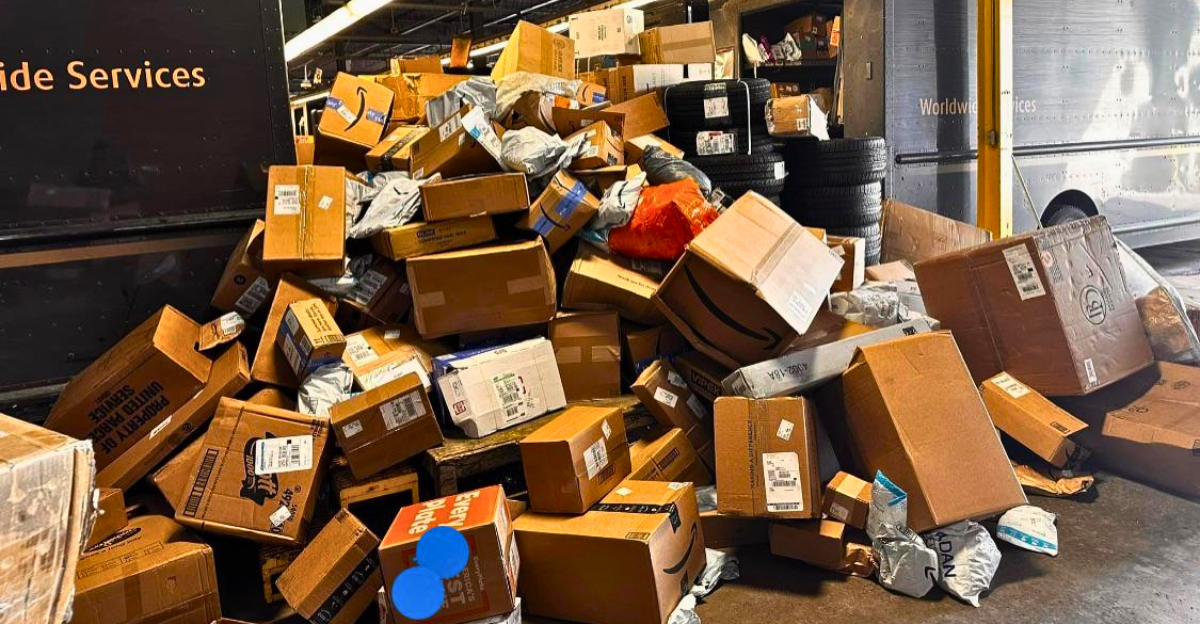
Amid all these changes, the voices of those on the ground, drivers, business owners, and consumers resonate strongly. A UPS driver remarked, “We always valued our reliability as a delivery service. Now, it feels like many people are left in the lurch.”
Similarly, a local business owner worried about the potential for longer delivery times, saying, “A delay of just a day can mean lost sales. We need dependable services.” These sentiments capture the real-world stakes behind the corporate decisions made in boardrooms.
The Path Forward
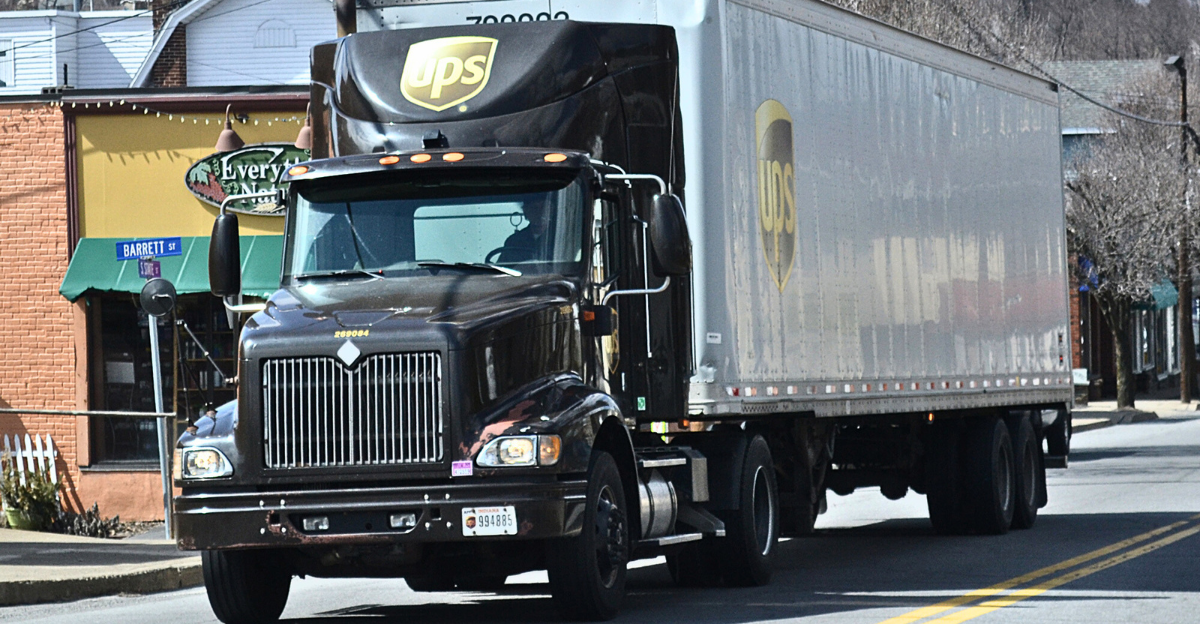
Looking ahead, all eyes will be on how UPS and Amazon adapt to this seismic shift. The logistics industry is poised for innovation, but the fallout from this partnership overhaul will take time to unfold.
Maintaining open lines of communication with consumers will be crucial for both companies as they navigate this uncertain landscape, ensuring transparency and trust remain paramount. “Trust is built over time, and we hope they remember that,” said a loyal customer, echoing the need for stability and reliability.
A New Chapter in Logistics
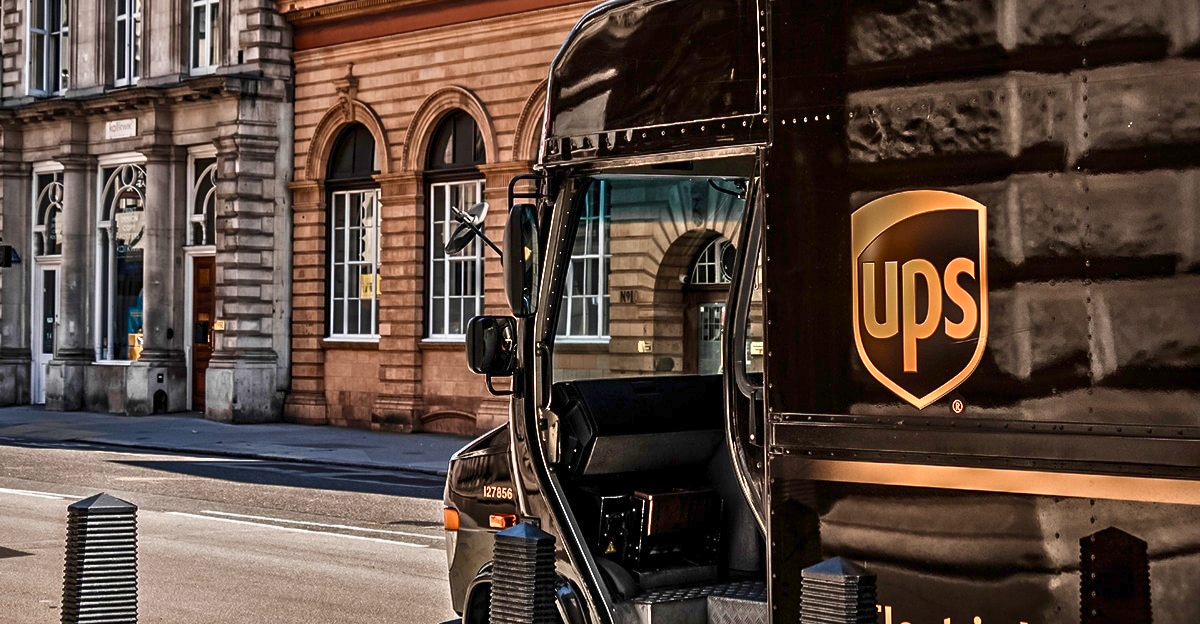
As UPS and Amazon redefine their pathways, the logistics industry stands at a crossroads, ripe with both challenges and opportunities. The impact on countless individuals and businesses underscores the complexity of modern delivery systems.
The recent changes hint at a new chapter for logistics in America, one defined by innovation, competition, and a different kind of partnership. The next few years will reveal whether these changes ultimately benefit consumers and businesses alike, setting the stage for a future where adaptability is essential to survival.